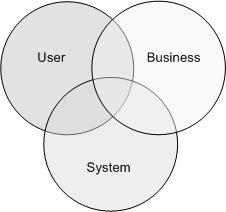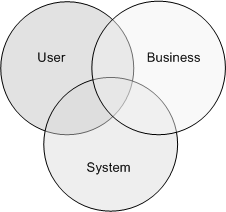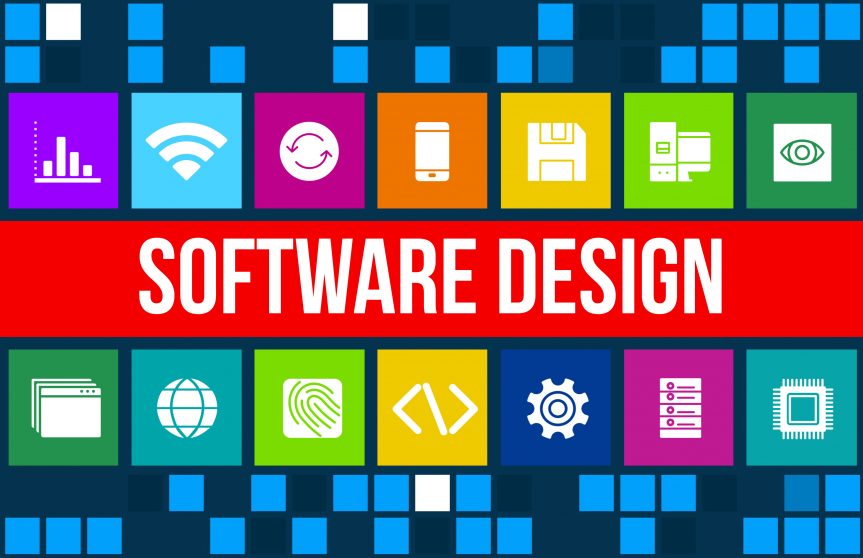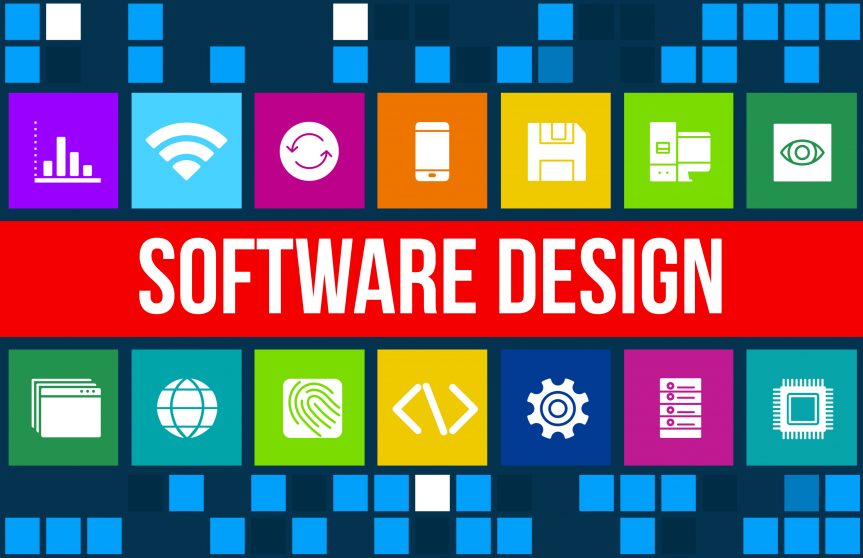Software requirements elicitation and specification
Requirements Elicitation is the process to find out the requirements for an intended software system by communicating with client, end users, system users and others who have a stake in the software system development.
Why is requirement elicitation necessary?
- Knowing what problems to be solved and recognizing system boundaries.
- Identifying who are the stakeholders.
- Recognizing the goal of system is the target to be achieved.
Software Requirement Specification is a document created by system analyst after the requirements are collected from various stakeholders. Defines how the intended software will interact with hardware, external interfaces, speed of operation.
Sources & Links:











